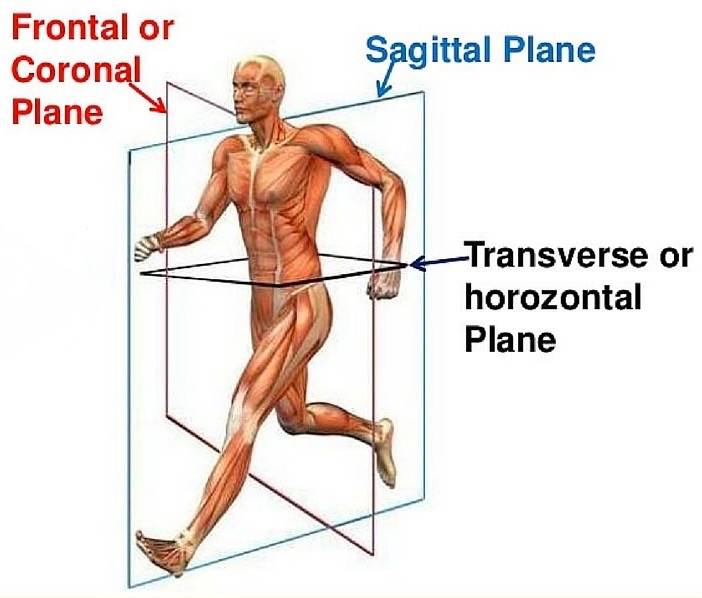The 5 Best Exercises to Prevent Injuries & Improve Performance in Runners
Running is a popular sport for many people, for some it is to stay in shape, for others it is for their own mental health, and for some it is a community they enjoy competing in. Regardless of the reason why you run, there are several aspects of your training that might put you at risk of injury. To keep you out on the roads, tracks and treadmills lets look at some strength exercises to help ward off injury.
Why?
The sell: for some time now, it has been well studied, and widely accepted, that strength training decreases injury risk and improves running ‘efficiency’ – In other words, a properly designed strength and stability program allows the runner to go farther, and faster with less effort. However, elite and competitive runners often fear precious time away from running. Typically, these runners accept the idea that a proper program can reduce their injury risk, but they are primarily performance focused. It can be really hard to convince a runner to devote valued energy resources (and time) towards anything other than running – unless it’s going to improve their times.
To explore the link between strength training and running performance lets turn to the science and look at an impressive study out of Madrid Spain. Researchers from the University of Madrid Sport and Human Performance Lab performed a large review of articles (a Systematic review) to look for a consensus on whether strength training improves performance in runners. Their review of over 600 articles concluded that the research has ‘clearly’ demonstrated that strength training provides a ‘large, beneficial effect’ on running economy (e.g. efficiency) in competitive and well-conditioned runners. Let me emphasis that – the exact group that is most difficult to prove beneficial effects in, the ‘already well conditioned’ runners, saw obvious improvements in their performance from just 2-3 months of a prescribed strength training regimen. These results were observed in study after study. The defense rests.
If you don’t think you have time to include a strengthening routine into your winter training plans, consider swapping 10% -15% of your running time to dedicate towards strength training. It will not only increase your chances of running injury free, but it will also make you better at running!
How?
On a very basic level we can think of running as a purely ‘sagittal plane’ sport – in other words, it is a straightforward activity. Other than dodging the occasional pothole, your race most likely includes no backward, sideways or cutting movements. However, it is imperative that runners have good strength and ‘stability’ in the other planes of movement – specifically the ‘frontal plane’ (side-to-side movements) and the ‘transverse plane’ (rotational movements)
Even though running is a sagittal plane activity, lack of control in the frontal or transverse plane leads to inefficiency, wasted energy and sloppy movements that lead to repetitive stress injuries.
The Key
Strength train specifically to build stability and control of frontal and transverse plane movements will allow for more efficient movement in the sagittal plane while running.
While there is no perfect substitute for a customized exercise program focused on your individual deficiencies, there are certain “common” weaknesses that we find in runners. For this reason, it is common for writers to offer their opinions on the “best exercises for runners”. However, often the exercises chosen are influenced by the desire to show something “original” or “different”. By way of example, my colleague and I were asked to contribute an article for a very well known running magazine. They asked for “the 5 best exercises to prevent injuries in runners”. We submitted our article and were told that these exercises had been highlighted previously, and that they wanted “new ones”. Three submissions later, we had found 2 “new” options. As you can imagine, the focus quickly shifts away from the “best” choices towards something new and sexy. I attempted to focus on the former below.
Warning – There is no one-size fits all to exercise solution for runners. For those with specific performance goals in mind, or with a complex injury history, you would do well to meet with a Sports Physical Therapist for a detailed running assessment and an individualized program (click here to request an appointment with a VASTA Physical Therapist). Every body is unique and comes with it’s own particular set of considerations. Also, which exercises to do is sometimes far less important than exactly how to do them., when to progress, etc.
With that disclaimer in mind – here are a few exercises that are safe for most, and likely to be of benefit to the average runner. Clean smooth movement is the goal. Pay attention to the cues provided in the video – details are important!
Lastly, none of these exercises should cause pain. If they do, go ahead and continue doing them until you are good and injured (and then blame us for it)… just kidding!… Have someone qualified take a look at you.




Thanks a lot for sharing such a great piece of article! I found it a good helpful write-up with a good sound and explanation. Here I have seen some valuable ideas that are definitely helpful for every fitness enthusiast who wants to prevent injuries. Please keep sharing more updates!
Will Do Frederick! Glad you found this helpful.